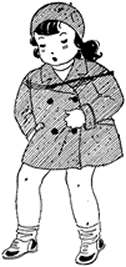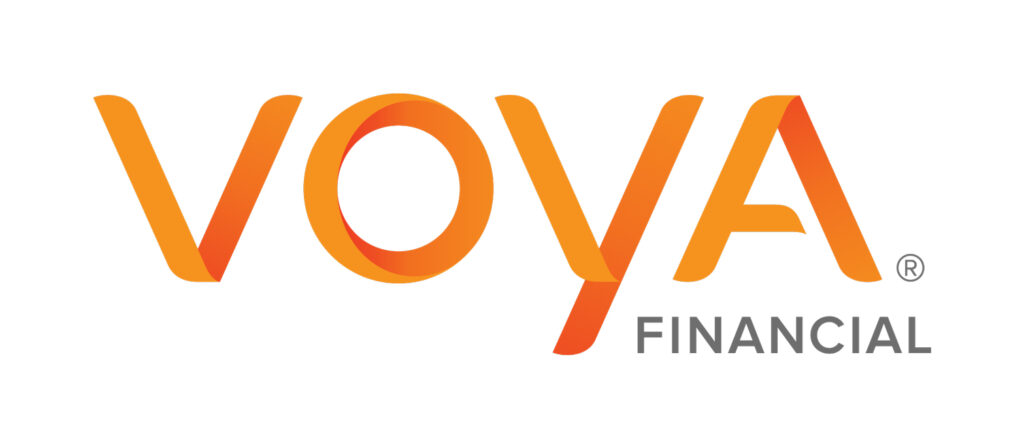
Grades 6-8, 9-12
Happy EconEdMonth! Celebrate economics all month long by visiting EconEdMonth.org

Don't have an account yet? Sign up for free
Don't have an account yet? Sign up for free


By reading the book “A New Coat for Anna” students will learn about resources, scarcity, costs, trade/bartering, and decision making through a young girl, Anna, whose mother wanted to buy her a coat but did not have the money.
In the book “A New Coat for Anna”, Anna’s mother does not have the money to buy Anna a new coat, and even if she did, the shops did not have anything to sell due to post World War II shortages. Students will learn that they can sometimes get the things they want without money by trading/bartering things they have so that both sides benefit. They will also learn that sometimes we can’t get what we want as soon as we want it. Sometimes we have to plan ahead to reach our goals and when we do reach them, they are even sweeter. By reading the book “A New Coat for Anna” students learn about resources, scarcity, costs, trade/bartering, and decision making through the experiences of Anna.
The student will be able to
Read the book, “A New Coat for Anna”. If you are just introducing these concepts, this How Money Works website may be beneficial for your students to have read to them.
Questions for Students
Why couldn’t Anna’s mother go to the store to buy her a new coat?
What could Anna and her mother do instead?
What is bartering?
What things did she have to barter/trade?
What things did her mother still need to get?
What resources were needed to produce the coat?
Were the resources needed natural, capital, or human?
Answers and Additional Info for Teacher-Led Discussion
Why couldn’t Anna’s mother go to the store to buy her a new coat. [She had no money, the shops did not have anything to sell after the war.]
What could Anna and her mother do? [They could find other ways to get a coat. They could trade their services for the coat or materials needed to make it.] Ask students to think about the many ways that Anna and her mother could get a coat. Lead them to discuss trade with money and trade without money. Explain that trading without the use of money is known as bartering.
Once the students understand the concept of barter, ask them what the mother did instead of buying a coat. “What did she do to get the things she needed to have the coat made?” [Traded, bartered.]
Explain, instead of giving up Anna’s mother decided to trade some things she had for the things needed to make the coat…she “bartered.” Further, bartering occurs when two people find themselves with something that someone else values even more and they exchange the item/service of lesser value (to themselves) for the item of greater or equal value. This barter/trade takes place when both parties are better off than they were. “What things did she have to barter/trade?” [Gold watch to the farmer for wool; a lamp to the old woman to spin wool into yarn; garnet necklace to the weaver to weave yarn into cloth; teapot to the tailor for sewing cloth into a coat.] “What things did she still need to get?” [buttons, zipper, elastic?] Discuss these possibilities as a class. Each of the things she bartered/traded, each of the things she wanted and each of the people who made the things she wanted are called “resources”.
Resources are the things we USE to get or make the things we want. There are natural resources, capital resources, and human resources. Natural resources are the things we can use from nature, examples being water or land. Human resources are the skills people have that we can use, such as a welder which has the ability to join materials together. Capital resources are the things that we use over and over to get or make the things that we want, for example: a factory, it’s vehicles and machines would be a few. Ask, “What resources were needed to produce the coat and what kind of resources were needed?” [Natural: Wool from the sheep, lingonberries. Human: farmer, old woman, weaver, tailor, girl and mother. Capital: shearing scissors, spinning wheel, loom, basket (for berries), measuring tape, pins, and sewing machine.]
This connection between bartering/trading and resources is inevitable. In order to barter/trade in any way both parties involved are going to have to have a resource. Whether these resources are natural, human, or capital resources, the exchange of them for another item or service reflects that both parties are better off by bartering/trading for something else other than what they already have.
This activity is designed to be sure that the students understand the differences among the different types of resources. You may want to display a short definition for each resource for the student’s reference. These definitions are found in the process section.
Ask the students to fold a piece of paper into fourths, number sections 1-4 and in each corner draw, from the story:
If preferred, students may draw their examples on the worksheet.
Most of the time, when we want something, there is a cost involved in getting it. Sometimes we use money, and sometimes we trade or barter. The things we use to barter/trade or buy are called natural, capital, or human resources. Remember, bartering occurs when two people find themselves with something that someone else values even more and they exchange the item/service of lesser value (to themselves) for the item of greater or equal value. Bartering/trading takes place when both parties are better off than they were before the exchange.
Use this website for additional, supplemental activities and ways to make this book applicable for multiple subject areas.


Grades 6-8, 9-12

Grades 6-8

Grades 6-8

Content Partner
Grades 9-12
